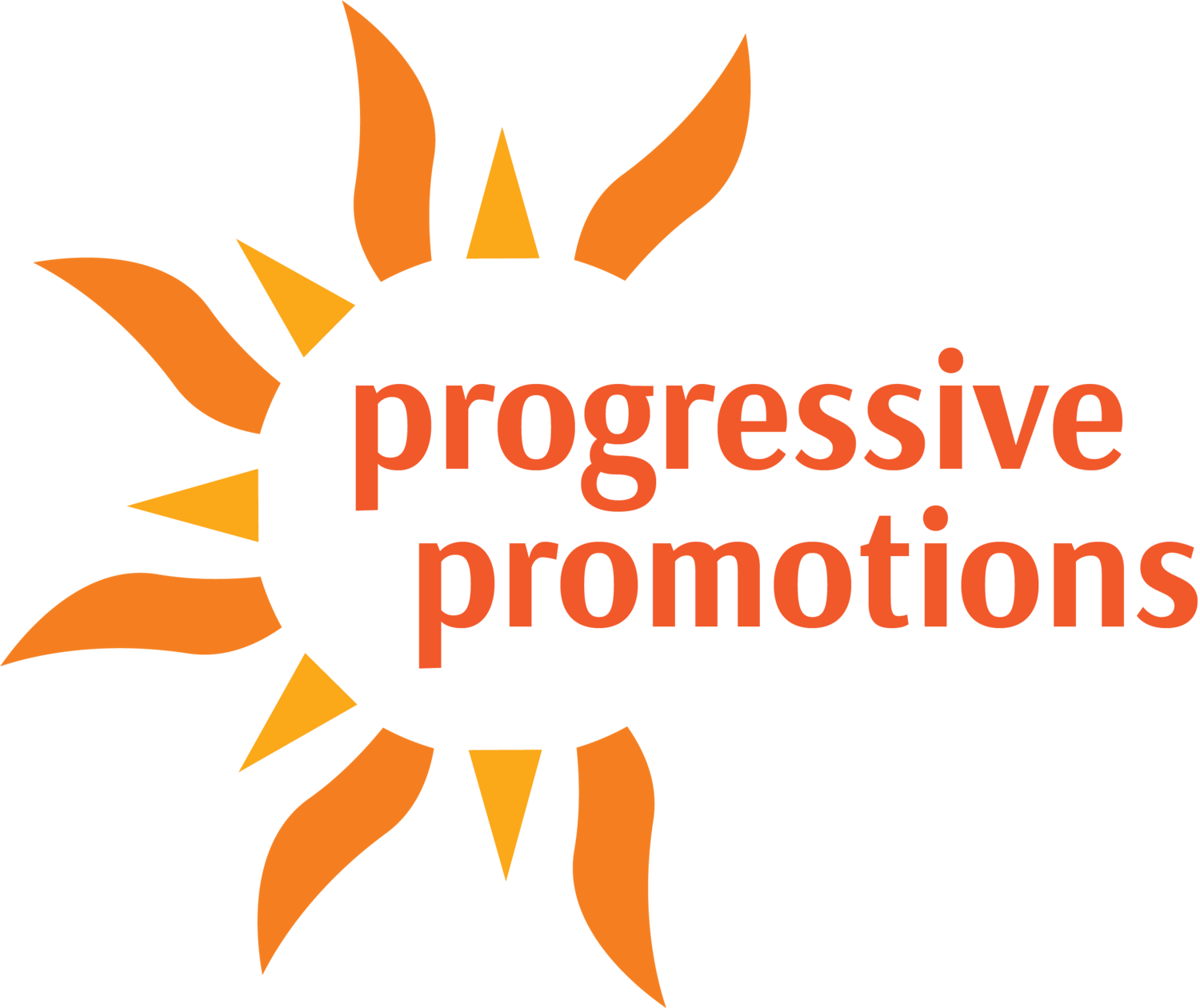Sometimes it’s difficult to attract earned media attention for good causes. And it’s true – an occasional well-implemented unusual event (okay, “stunt” if you like) – like moms, Santa and a reindeer delivering a stocking filled with coal to the Attorney General for her opposition to the Clean Power Plan or the red-cape and white-bonnet wearing “handmaidens” silently protesting Brett Kavanaugh’s SCOTUS nomination at the Senate hearings – can be effective.
But is anybody else getting tired of outrage being the main selling point for media stories?
Coloradans opposed to oil and gas regulations threaten secession from the state! Second amendment enthusiasts vow to create gun sanctuaries! Senators doing their jobs on a snowy day are up to no good (serving the people of Colorado)!
The good news is we know how to help you get your issue or event noticed without going off the deep end, simply by using the six elements of a news story taught to every first-semester journalism student:
Conflict: Demonstrating differences is important but doesn’t need to be toxic.
Proximity: Making sure the action is happening HERE will garner interest.
Impact: Showing that many people are affected is always crucial.
Timeliness: Capturing the issue in the moment is essential – afterwards is too late.
Novelty: Conveying unusual elements – like businesses support raising the minimum wage – helps.
Celebrity: Convincing well-known politicos, cultural icons, etc. can boost your media profile.
Let’s all help reduce the outrage machine – stick to the media relations fundamentals to return our public conversation to civility and sanity.















